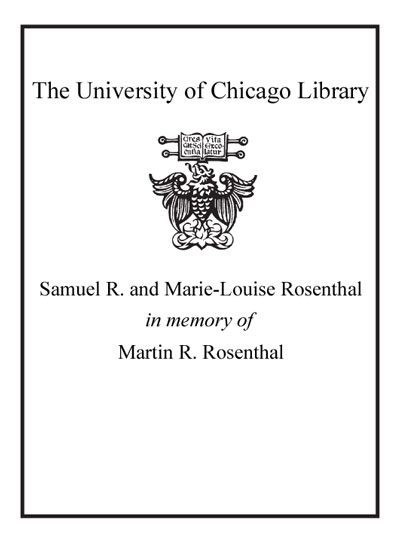Bioinformatics : genes, proteins and computers /
Saved in:
| Imprint: | Oxford : BIOS Scientific ; New York : Distributed in the U.S. by Springer-Verlag, 2003. |
|---|---|
| Description: | xiv, 298 p., [7] p. of plates : ill. (some col.) ; 25 cm. |
| Language: | English |
| Series: | Advanced text |
| Subject: | |
| Format: | Print Book |
| URL for this record: | http://pi.lib.uchicago.edu/1001/cat/bib/4969698 |
Table of Contents:
- Abbreviations
- Contributors
- Foreword
- 1.. Molecular evolution
- Molecular evolution is a fundamental part of bioinformatics
- Evolution of protein families
- Outlook: Evolution takes place at all levels of biological organization
- 2.. Gene finding
- Concepts
- Finding genes in bacterial genomes
- Finding genes in higher eukaryotes
- Detecting non-coding RNA genes
- 3.. Sequence comparison methods
- Concepts
- Data resources
- Algorithms for pairwise sequence comparison
- Fast database search methods
- Assessing the statistical significance of sequence similarity
- Intermediate sequence searching
- Validation of sequence alignment methods by structural data
- Multiple sequence alignment
- 4.. Amino acid residue conservation
- Concepts
- Models of molecular evolution
- Substitution matrices
- Scoring residue conservation
- Methods for scoring conservation
- Insights and conclusions
- 5.. Function prediction from protein sequence
- Overview
- The similar sequence-similar structure-similar function paradigm
- Functional annotation of biological sequences
- Outlook: context-dependence of protein function
- 6.. Protein structure comparison
- Concepts
- Data resources
- Algorithms
- Statistical methods for assessing structural similarity
- Multiple structure comparison and 3-D templates for structural families
- Conclusions
- 7.. Protein structure classifications
- Concepts
- Data resources
- Protocols used in classifying structures
- Descriptions of the structural classification hierarchy
- Overview of the populations in the different structural classifications and insights provided by the classifications
- 8.. Comparative modeling
- Concepts
- Why do comparative modeling?
- Experimental methods
- Evaluation of model quality
- Factors influencing model quality
- Insights and conclusions
- 9.. Protein structure prediction
- Concepts
- Strategies for protein structure prediction
- Secondary structure prediction
- Fold recognition methods
- Ab initio prediction methods
- Critically assessing protein structure prediction
- Conclusions
- 10.. From protein structure to function
- Introduction
- What is function?
- Challenges of inferring function from structure
- Methods of functional evolution
- Functional classifications
- From structure to function
- Evolution of protein function from a structural perspective
- Structural genomics
- Conclusions
- 11.. From structure-based genome annotation to understanding genes and proteins
- Concepts
- Computational structural genomics: structural assignment of genome sequences
- Methods and data resources for computational structural genomics
- Proteome and protein evolution by computational structural genomics
- Evolution of enzymes and metabolic pathways by structural annotation of genomes
- Summary and outlook
- 12.. Global approaches for studying protein-protein interactions
- Concepts
- Protein-protein interactions
- Experimental approaches for large-scale determination of protein-protein interactions
- Structural analyses of domain interactions
- The use of gene order to predict protein-protein interactions
- The use of phylogeny to predict protein-protein interactions
- Summary and outlook
- 13.. Predicting the structure of protein-biomolecular interactions
- Concepts
- Why predict molecular interactions?
- Practical considerations
- Molecular complementarity
- The search problem
- Conformational flexibility
- Evaluation of models
- Visualization methods
- 14.. Experimental use of DNA arrays
- Concepts
- Methods for large-scale analysis of gene expression
- Using microarrays
- Properties and processing of array data
- Data normalization
- Microarray standards and databases
- 15.. Mining gene expression data
- Concepts
- Data mining methods for gene expression analysis
- Clustering
- Classification
- Conclusion and future research
- 16.. Proteomics
- The proteome
- Proteomics
- Technology platforms in proteomics
- Case studies
- Summary
- 17.. Data managament of biological information
- Concepts
- Data management concepts
- Data management techniques
- Challenges arising from biological data
- Conclusions
- 18.. Internet technologies for bioinformatics
- Concepts
- Methods and standards
- Insights and conclusions
- Glossary
- Index


